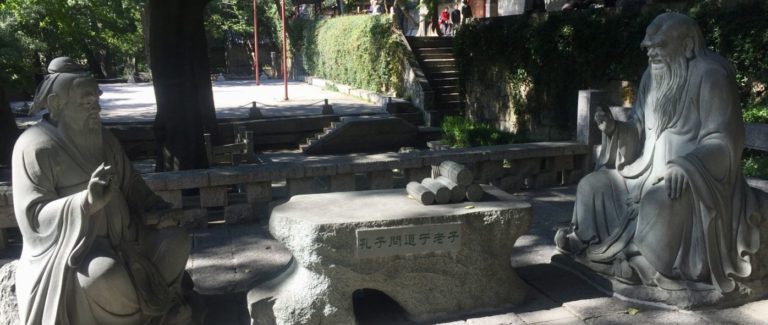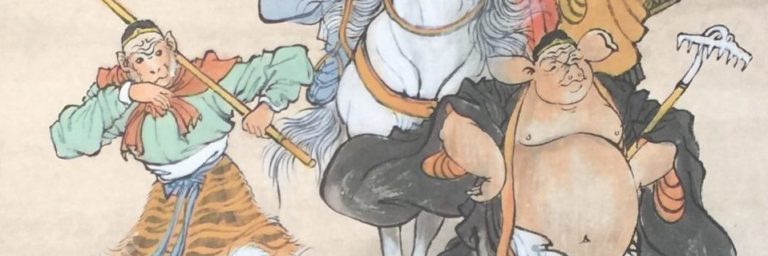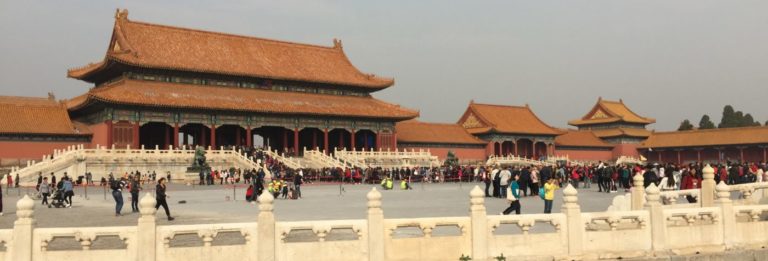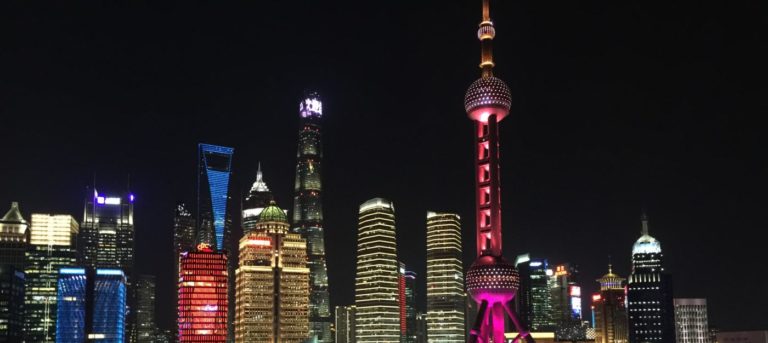It is obvious to state that the Koreans share many common aspects of their origins, history, and culture with the people of China, Japan, and Russia. However, the Koreans have always, fiercely and proudly, identified themselves quite separately from their neighbors. Unfortunately, like Piglet’s lament in The World of Pooh: The Complete Winnie-the-Pooh and The House at Pooh Corner (Pooh Original Edition), “It’s very anxious to be a very small animal…” It seems they have always been caught in the middle between bullying foes. This is particularly so given the location of the Korean peninsula. Once described by a German general as “a dagger pointed at the heart of Japan,” Korea’s strategic position as a bridge between Japan and Russia/China/Manchuria has figured prominently in its political circumstances. (The History of Korea (The Greenwood Histories of the Modern Nations)
)
If you ask the Koreans, the legendary origins of the Korean people have nothing to do with their neighbors. There are some pretty significant rivers and the tallest mountains in Korea that separate the Korean Peninsula from the Chinese mainland. Perhaps that accounts for the sense of distinct destiny shared by Koreans. The earliest kingdom was called the Gojosean and was most of the northern peninsula. Once they shook free of the Han Chinese around 75 BC, they managed to remain independent of either the Chinese or Japanese for about 1,300 years.
As in China, several small city states evolved into Three Kingdoms, from about 67 to 661 CE. (Samguk Yusa: Legends And History Of The Three Kingdoms Of Ancient Korea) The three states were Goguryeo (North Korea and Manchuria), Silla (Southeast Korea), and Baekje (Southwest Korea). They fought amongst themselves for most of the six hundred years, with Goguryeo being the successor to the Gojosean kingdom. The Goguryeo dynasty was dominant most of the time and had the most robust impact on the Korean culture. They brought Buddhism to the state, joining the Confucian and Taoist traditions that already coexisted there. They also adapted the Chinese written characters into a Korean Hanja script. (Goguryeo: In Search of Its Culture and History
)
However, it was the Silla who first unified the whole Peninsula, in 661 CE. They enlisted support from the Tang Chinese emperor but managed to stay independent until about 892, when the kingdom split into the “Later Three Kingdoms Period” lasting until about 935. This time, the larger northern territory asserted itself and founded the Goryeo dynasty. The dynasty officially lasted over 450 years, to 1392. But those pesky Mongols, under Kublai Khan, showed up before they managed to conquer China and took over Korea from about 1231 to 1350. It was during this period the Mongols attempted to invade Japan from their Korean base. (Genghis Khan and the Making of the Modern World)
The Mongols began to lose their control of Korea after Kublai Khan died. Finally, in 1392, after much bloody political intrigue, the Josean Dynasty was founded. These kings built some of the most spectacular palaces in Korea, including the Gyeongbokgung and Changdeok palaces. The dynasty actually lasted 518 years, to 1910, which has to be up there with some of the most enduring dynasties in world history. Unfortunately, they continued to attract the attentions of their aggressive neighbors.
From 1592-1598, the Japanese tried a number of times to invade the peninsula. The Joseans were able to fend them off. At this time, in China, the Ming Dynasty was seen as weakening. The Manchurians started to challenge the Mings, but were stymied by the northeast section of the Great Wall. The Koreans sent reinforcements to assist the Ming in 1619. Bad mistake! The persistent Manchurians turned their attentions on the Koreans and began ten years of invasions in 1620 and took control in 1630. Though they left the Joseans in place, the Manchurians effectively ruled Korea into the twentieth century. Of course, they also finally breached the Great Wall, took out the Ming Dynasty, established the Qing Dynasty and stayed focused on bigger things.
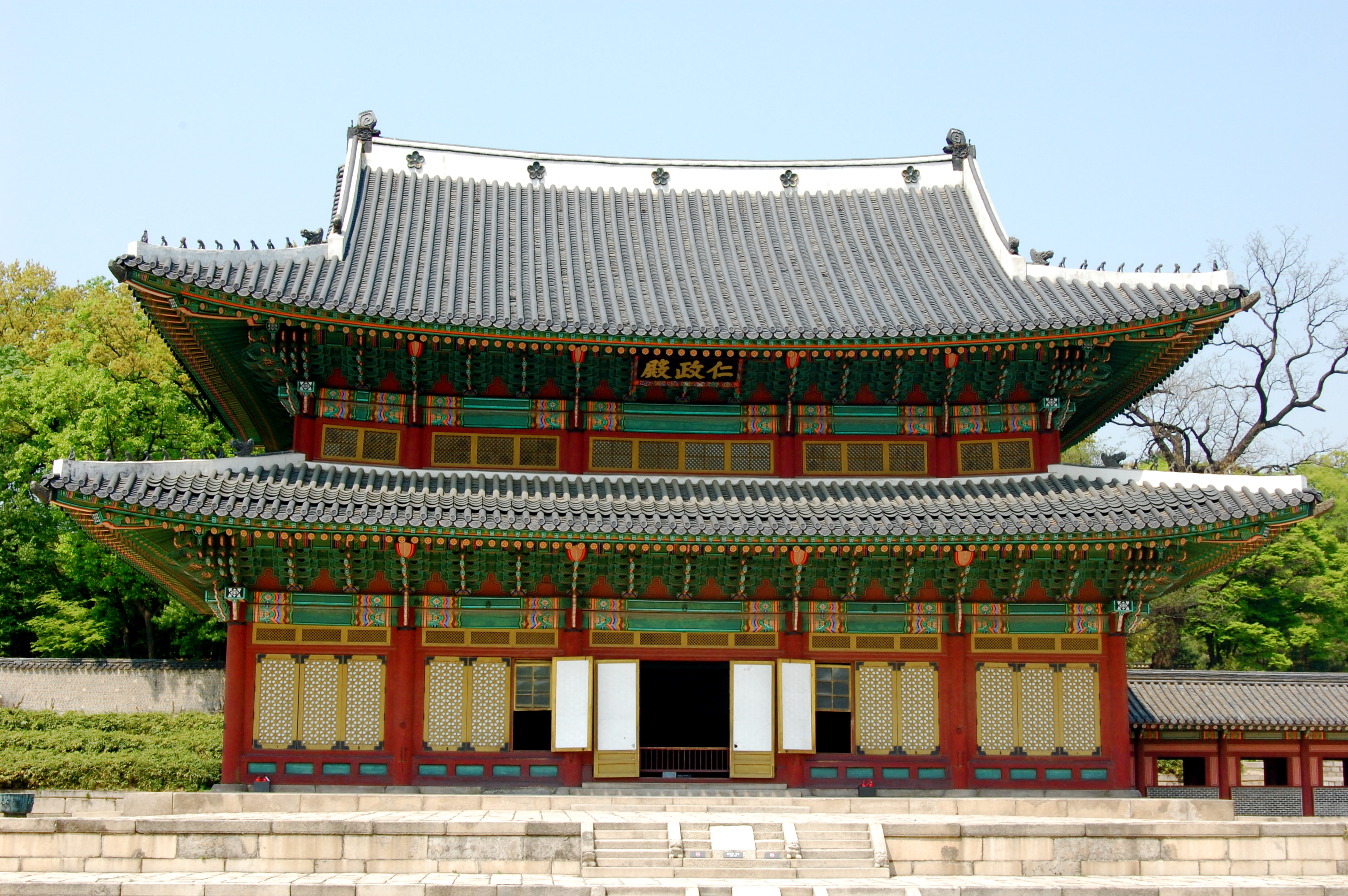
The good news for the Joseans was that the next two hundred years were peaceful and isolated. They shut themselves in the peninsula and became “The Hermit Kingdom,” a title still used to describe current-day North Korea. Life during this period is described in two books, Changdeok Palace and the Secret Garden (Korea Story Series), and The Memoirs of Lady Hyegyong: The Autobiographical Writings of a Crown Princess of Eighteenth-Century Korea
.
Late in the Nineteenth Century, the Japanese started acting up again. They launched the Sino-Japanese War in 1894 and cast a political shadow over Korea. To appease the Japanese, the Koreans declared independence from the Qing Chinese and announced the formation of the Korean Empire. It lasted from 1897 to 1910, when the impatient Japanese just plain invaded and basically set up Korea as a colony. Times were tough and the Japanese treatment was brutal. It took WWII to break the evil spell in 1945.
The Stalinist Soviet Union, taking advantage of the weakened Chinese political situation after WWII, marched into northern Korea while the Americans liberated the southern peninsula. This effectively split the country in two. In 1948, both partitions declared their own government in the new-born Cold War. North Korea, with support from the Soviets and the Chinese, invaded South Korea in 1950, setting off the Korean War. After three years, the standoff basically restored the original partitioning based on the 38th parallel. Though the fighting stopped, the two Koreas have never ratified a peace agreement and are, technically, still at war. There are a bunch of books about several aspects of the Korean War which can be researched independently.
Since the armistice, South Korea has slowly developed along Japanese commercial lines to be a capitalist juggernaut. North Korea has become one of the most isolated authoritarian family dynasties on the planet. This continues to be one of the most unstable situations in current global politics. For a western view of contemporary South Korea, check out Seoul Searching – A Year In South Korea. For a recent account of life in the North, from a former political prisoner, see Escape from Camp 14: One Man’s Remarkable Odyssey from North Korea to Freedom in the West
.
Ninety-nine percent of the Korean population is Korean. They have a long history of wanting to be left alone. It is certainly interesting to speculate what it might take to unite the two partitions peacefully. Korea is on the same latitude as California. Maybe they will develop a wine culture and chill out.

